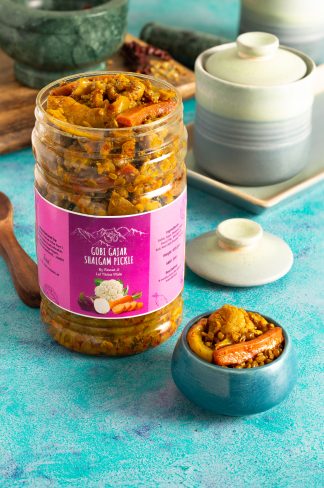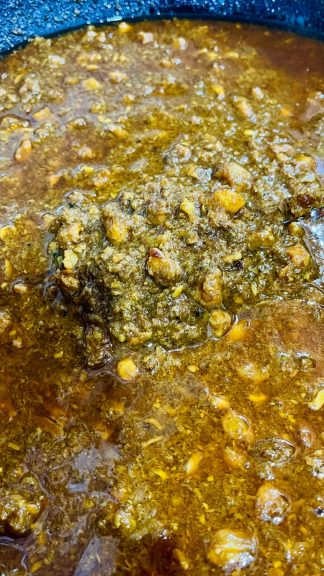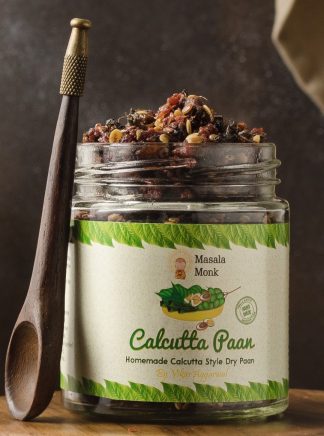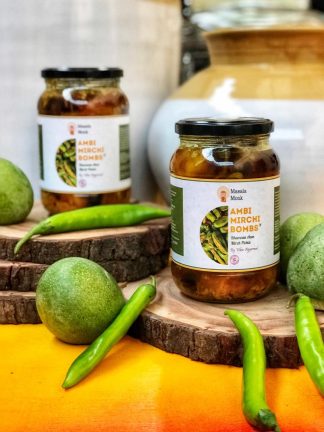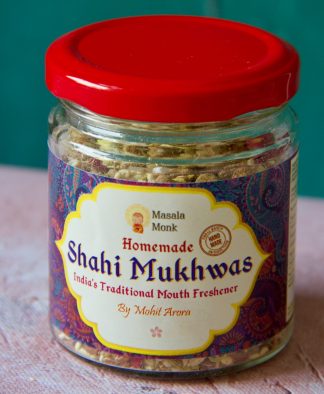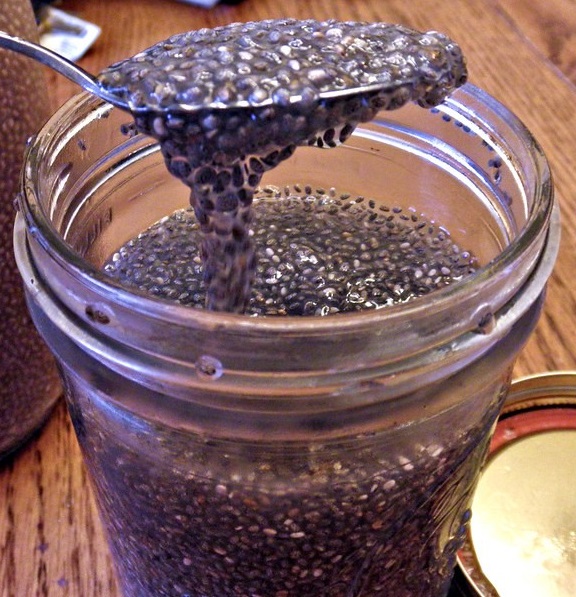
Hello, dear smoothie enthusiasts! 🍹
Welcome to another journey of culinary creativity and healthful indulgence. Today, we’re embarking on a magical voyage that begins with a single seed – the chia seed, to be exact. This unassuming seed may be small in size, but don’t be fooled! Chia seeds are one of nature’s most nutritious gifts, teeming with a wealth of protein, fiber, omega-3 fatty acids, and antioxidants. The best part? They make an absolutely fantastic addition to your morning smoothies! 🥤
One of the most delightful attributes of chia seeds is their unique ability to transform in texture. When these tiny marvels encounter liquid, they swell up to form a fun, gel-like consistency. It’s like adding tiny beads of joy to your smoothie that keep you feeling full and satisfied for longer. 🥄
In the spirit of culinary exploration and nutritious indulgence, we bring you five inspirational concepts for high-protein chia seed smoothies. We invite you to play around with these concepts, try different ingredients, add a personal touch, and create something that you’ll truly love:
1. The Tropical Chia Sunrise 🏝️ – Imagine starting your day in the warm, radiant embrace of a tropical island, the air filled with the intoxicating aroma of ripe mangoes and pineapples. This smoothie concept brings that island getaway to your breakfast table. Adding chia seeds to this mix enhances your island adventure with a nutrient-dense crunch. Transport yourself to a tropical paradise every morning, one sip at a time.
2. The Chocolate Chia Protein Blast 🍫 – Who says you can’t indulge in the rich, decadent flavors of chocolate while also keeping an eye on your health? With this smoothie concept, you can do both! The harmonious blend of chocolate protein powder, ripe, frozen bananas, and chia seeds creates a flavor profile that is not only mouthwatering but also remarkably nutritious.
3. The Berry Chia Powerhouse 🍓 – This smoothie idea is a tribute to the enduring charm of berries. It blends a variety of fresh, juicy berries, their flavors amplified by a drizzle of natural sweetness from honey or agave syrup. The addition of chia seeds lends a beautiful complexity to the smoothie, transforming an already delightful mix into a nutritional masterpiece.
4. The Green Chia Detox 🍃 – Purify and revitalize your body with the earthy, refreshing flavors of leafy greens, perfectly balanced with creamy avocado and subtly sweet banana. The chia seeds complement this ensemble, adding their unique texture and wealth of nutrients, making this smoothie an excellent detox choice.
5. The Peanut Butter Chia Dream 🥜 – The final smoothie concept on our list pairs the indulgent creaminess of peanut butter with the delightful crunchiness of chia seeds, creating a smoothie experience that is truly dreamy.
For an optimal smoothie experience, we suggest soaking your chia seeds in the liquid base of your smoothie for about 10 minutes before you blend. This gives the seeds ample time to expand and develop that distinctive gel-like texture that we love.
Don’t forget, the beauty of smoothies is their incredible versatility. You’re the artist here, and these smoothies are your canvas. Feel free to play around with ingredients, substitute flavors, add extras that you love, and tailor these smoothie concepts to suit your taste. Your perfect smoothie is the one that not only fuels your body but also delights your taste buds. 👩🍳👨🍳
But why keep the joy of creation to yourself? Share your journey with us! We’re eager to hear about your experiences with these smoothie concepts, your personal modifications, and your very own chia seed smoothie creations. Share your thoughts in the comments below and inspire others in this community with your delightful blends and weight loss journey. Your culinary adventure may just be the inspiration someone else needs to kickstart their own. 🎈
So, here’s to a journey of taste and health, of exploration and joy. To a future where every morning is powered by the nutrition of chia seeds and the delight of a perfect smoothie. Let’s raise our glasses (filled with smoothies, of course) to a future of smooth mornings and even smoother chia smoothies! 🥂


